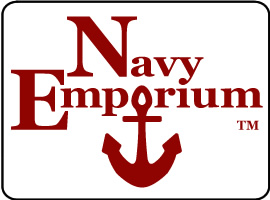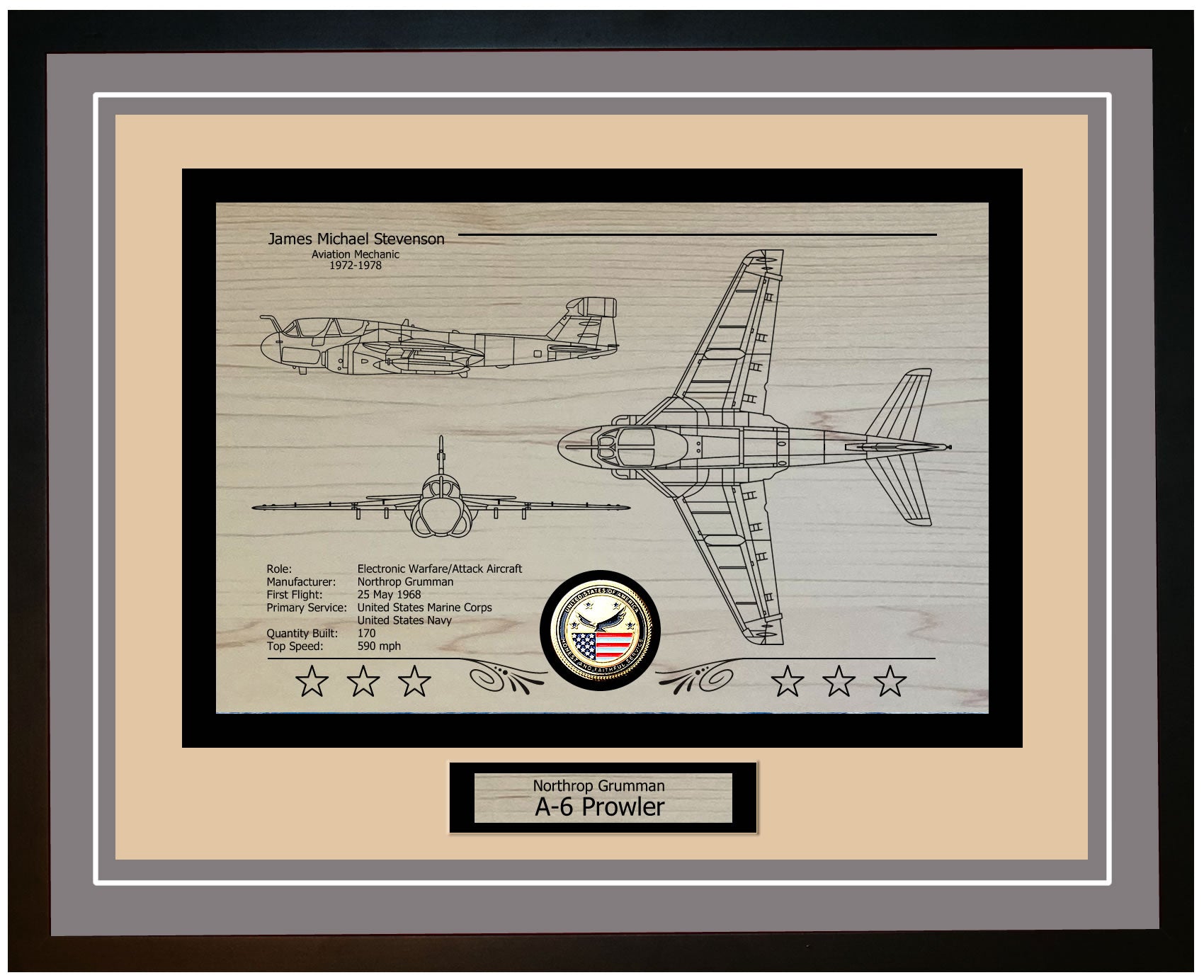The USS Hampden County (LST 803) was a tank landing ship built during World War II, a period defined by rapid growth and technological advancements. Constructed on September 7, 1944, at the Jeffersonville Boat & Machine Company in Jeffersonville, Indiana, it was part of a larger effort to produce LSTs for military missions. The ship was launched on October 21, 1944, and commissioned on November 15, 1944, with its construction accelerated to meet urgent operational needs. Named after Hampden County, Massachusetts—a region known for its historic contributions to the American Revolutionary War—the ship followed the tradition of naming LSTs after counties, fostering a sense of pride and community connection. Hampden County’s industrial heritage and vibrant communities made it a fitting namesake for a ship involved in such large-scale operations.
Designed specifically for wartime purposes, the USS Hampden County was 328 feet long with a 50-foot beam and had a displacement of approximately 1,625 tons when fully loaded. It was equipped with a bow door and ramp, which enabled it to deploy tanks, vehicles, and troops directly onto shore. Its hull design allowed it to beach itself and unload cargo in shallow waters, a critical feature for operations in the Pacific Theater. The USS Hampden County played a significant role in the US Navy, symbolizing the importance of LSTs in securing victory during World War II. These ships were instrumental in amphibious assaults, including pivotal invasions like Normandy, Iwo Jima, and Okinawa. Alongside its sister ships, the USS Hampden County demonstrated the value of robust landing ships in modern naval warfare, setting a standard for future amphibious operations and ship designs.
Part of the LST 542 class within the LST 1 category, the USS Hampden County was designed to address specific model deficiencies. The LST 542 class featured enhanced armor, increased armament capabilities, and improved living conditions for crew members. These purpose-built ships were essential for transporting equipment, vehicles, and troops to enemy shores, significantly boosting the Navy’s amphibious assault capabilities. The USS Hampden County officially began its service when it was commissioned, fully prepared to contribute to the Pacific Theater. After commissioning, a skilled crew took charge of the ship, expertly managing its systems and conducting successful landings. The ship's readiness and its vital role underscored the Navy’s commitment to maintaining an adaptable fleet capable of meeting the challenges of World War II.
Steel Behemoth: Unveiling the Structure, Technology, and Armament of USS Hampden County LST-803
The USS Hampden County (LST 803) was a tank landing ship (LST) in the US Navy, designed to transport vehicles, supplies, and troops directly to shore without the need for docks or piers. The ship’s practical design featured a bottomed hull, allowing it to beach itself and unload cargo directly onto the shore. Measuring 328 feet in length and 50 feet in width, the LST 803 had a displacement of 1,625 tons when empty and could carry up to 4,080 tons when fully loaded. It was equipped with a bow door and ramp system that facilitated the deployment of tanks, trucks, and other heavy equipment, making it essential for amphibious operations.
Technologically, the USS Hampden County was equipped with advanced systems for its time. Powered by two General Motors 12-567 diesel engines, which generated a combined 1,700 horsepower, it could reach speeds of up to 12 knots. The ship’s propulsion system was supported by screws that provided the maneuverability needed for beach landings. Additionally, the LST 803 featured a ballast system that allowed for adjustments to its draft, improving its ability to navigate shallow waters and effectively beach itself. Radar and communication systems were also onboard, ensuring effective coordination during amphibious operations and maintaining situational awareness in combat zones.
For defense, the USS Hampden County was equipped with weapons to protect against both air and surface threats. Its primary armament consisted of two twin 40mm aircraft gun mounts, offering strong defense against enemy aircraft. Six 20mm Oerlikon aircraft cannons were strategically positioned around the ship, providing comprehensive coverage. The ship also carried .50 caliber machine guns, which were useful against surface threats such as enemy boats or infantry. This extensive arsenal ensured that the LST 803 could protect itself and its valuable cargo during assaults and transit.
The ship's armament was not solely for self-defense but played a crucial role in enhancing amphibious warfare operations. The ability to provide covering fire for troops landing on the shore significantly improved the success of landing operations. The combination of light anti-aircraft guns and rapid-response machine guns enabled the ship to combat enemy aircraft at a distance while swiftly dealing with immediate threats. This comprehensive defensive capability was vital during World War II and the Korean War, where the LST 803 played an important role. Its dual function of transporting troops and supplies to the frontline while safeguarding itself and its contents underscored the strategic importance of the LST class in naval warfare.
USS Hampden County LST-803: Evolution of a Naval Workhorse and Its Enduring Legacy
The USS Hampden County (LST 803) underwent significant upgrades throughout its service life, ensuring its continued value to the U.S. Navy. Initially commissioned during World War II, the ship was equipped with weaponry suited to the era, including 40mm and 20mm anti-aircraft guns. It had the primary mission of transporting tanks, vehicles, and troops to enemy shores. Over time, the vessel received modernizations to its navigation and communication systems, keeping pace with mid-20th-century advancements. These upgrades included enhanced radar and sonar systems, improving its operational efficiency and situational awareness in maritime environments.
As the USS Hampden County evolved, so did its mission capabilities. Initially designed for amphibious warfare, its primary role was to deploy troops, vehicles, and equipment directly onto hostile shores—an essential function during both World War II and the Korean War, where it contributed to several key amphibious assaults. As naval warfare strategies progressed, the USS Hampden County’s mission profile expanded to include humanitarian aid and disaster relief operations. The ship’s adaptability proved invaluable, as it was used to deliver critical supplies and provide logistical support during emergencies.
Throughout its service, the USS Hampden County played an integral role in supporting the operational readiness and strategic objectives of the U.S. Navy. During World War II, it was involved in the liberation of the Philippines, aiding in troop landings and supply delivery. In the Korean War, the ship played a crucial role in the Inchon landings, which were pivotal for the success of United Nations forces. Beyond combat, the vessel participated in training exercises and joint operations with allied navies, promoting international cooperation and strengthening maritime relations.
The USS Hampden County’s enduring legacy highlights the flexibility and resilience of the U.S. Navy's amphibious fleet. Its ability to adapt to changing mission requirements and undergo continuous improvements ensured its relevance over many years of service. The ship’s contributions to both military operations and humanitarian efforts underscore its diverse capabilities. Serving as a symbol of innovation and commitment, the USS Hampden County exemplifies the U.S. Navy’s dedication to maintaining a versatile and efficient maritime presence.
USS Hampden County LST-803: A Legacy of Valor and Versatility on the High Seas
In addition to its combat duties, the USS Hampden County participated in peacetime activities and training exercises, which were essential for maintaining the readiness and skill of both the ship and its crew. By collaborating with allied navies during these exercises, the ship helped strengthen international relationships and enhance collective security. The LST 803 also occasionally engaged in humanitarian missions, providing aid to regions affected by natural disasters. These operations demonstrated the ship's versatility and highlighted the Navy's commitment to supporting humanitarian efforts.
Throughout its service, the USS Hampden County earned numerous accolades for its performance and contributions. The ship was awarded battle stars for its involvement in key operations during World War II and the Korean War. The crew also received praise for their exemplary conduct and unwavering dedication to duty. These recognitions emphasize the significant impact the ship had on military operations and its enduring legacy within the U.S. Navy.
The story of the USS Hampden County (LST 803) serves as a tribute to the courage and perseverance of its crew. Their involvement in both combat and peacetime missions represents an important chapter in naval history, one that showcases the adaptability and enduring value of the U.S. Navy's amphibious fleet.
USS Hampden County LST-803 Ship Specifications
| Specification | Details |
|---|---|
| Class | LST-542 Class Tank Landing Ship |
| Commissioned | November 13, 1944 |
| Displacement | 4,145 tons |
| Length | 328 feet |
| Beam | 50 feet |
| Draft | 14.1 feet |
| Speed | 12 knots |
| Complement | 7 Officers 104 Enlisted |






